
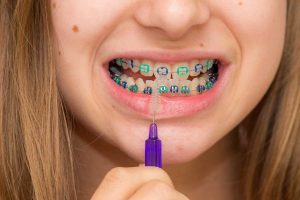
Did you know that 57% of Canadians say their smile is important to them, but only 4% follow dentist-recommended oral hygiene routines? The main reasons for not caring for their teeth properly include insufficient time and fatigue.
We at Orthodontic Studio sincerely hope you are responsible enough to dedicate a small part of your day to caring for your teeth. What’s the use of braces when your teeth are in the process of decay right?
Make Oral Hygiene a habit! Establish a daily oral hygiene routine to maintain clean and healthy teeth while wearing braces. Here are some essential tips that will help you clean and take care of your braces:
Daily Oral Hygiene Routine

Incorporate a Brushing Technique for Braces.
There are countless ways to brush your teeth. You can do it in a horizontal, vertical, or circular motion. Most people just wing it and brush however they want as long as it does the job. At Orthodontic Studio, we take brushing a little too seriously. That’s why we try to educate our patients with the three conventional brushing techniques that keep your teeth sparkly clean.
Bass or Sucular Technique
This technique is done by positioning the bristles toward the gum line at a 45° angle. Half of the bristles should gently cover the gums, while the other half rest on the tooth surface. You eliminate plaque above the gum line with short, light horizontal movements. These gentle motions not only remove plaque but also stimulate the gums. Remember to focus on small groups of teeth at a time, completing one area before moving on to the next set of teeth.
Stillman Technique
Bass and Stillman Technique are similar, but there’s a slight twist: instead of circular motions, you employ short horizontal strokes, moving back and forth across all surfaces of your teeth.
With the Stillman technique, you’ll guide your toothbrush using these gentle horizontal movements, ensuring every nook and cranny of your teeth receives attention. This comprehensive approach targets all areas for a thorough cleaning experience.
Charter Technique
As an individual with braces, this will be the technique that we recommend you use. The Charter Technique starts by placing the bristles at a 45-degree angle on the gumline, pointing towards the chewing surface or crown of the tooth.
Next, gently vibrate, performing 15 to 20 counts using short circular strokes or small back-and-forth motions. This technique allows for thorough cleaning and ensures no surface is left untouched.
Maintain consistency by brushing your teeth in the same pattern, diligently attending to each tooth’s surface and side.
We recommend paying extra attention to the areas between the brackets and gums. Moreover, try to remember the 3-3-3 rule of brushing, which involves:
-
-
- Brushing three times a day.
- Brushing within three minutes of having a meal
- And brushing for 3 minutes each time.
-
Use Interdental Brushes and Floss Threaders
Brushing is a great way to remove food debris and biofilm at the surface of your teeth. But there are places that your toothbrush cannot reach. That’s why including interdental brushes and floss in your oral hygiene routine is essential.
Interdental brushes and floss threaders can easily go between tight spaces in your teeth braces. Use these two at least once daily, preferably before bed, to ensure that bacteria can’t stay long enough to cause cavities and plaque build-up.
Despite the benefits of Interdental Brushes and Floss Threaders, misusing them can cause damage to your teeth and gums. For this reason, we have put together a step-by-step guide to get you a little bit familiar with the procedure:
-
-
- Start by breaking off a piece of dental floss. The length should be about 18 inches or 45 centimeters. Wrap most of the floss around your middle or index fingers, leaving about 2 inches or 5 centimeters of floss to work with.
- Hold the floss tightly between your thumbs and index fingers. You can also use a floss holder or a floss pick if they are more convenient.
- Gently slide the floss between your teeth using a back-and-forth motion. Be careful not to snap the floss into your gums, as it may cause pain or bleeding. Instead, glide it gently along the curve of each tooth.
- Curve the floss into a C-shape around the tooth’s base when you reach the gumline. This will help the floss access the area where the tooth meets the gum.
- Gently move the floss up and down against the side of the tooth while keeping it pressed against its surface. Repeat this motion for both sides of each tooth, making sure to clean below the gumline.
- Use a fresh section of floss for each tooth to avoid spreading plaque and debris. You can release the used floss by unwrapping it from your fingers and winding it onto the other hand.
- As you move from one tooth to the next, adjust the section of floss to maintain a clean piece for each tooth.
- Continue flossing your upper and lower teeth, paying attention to each tooth and thoroughly cleaning the spaces between them.
- Once you have finished flossing, rinse your mouth with water to remove any loosened debris.
-
Recommended Toothpaste and Mouthwash
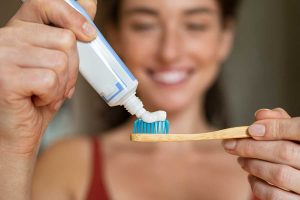
Opt for fluoride toothpaste to strengthen your teeth and prevent cavities. Mouthwash can be a valuable addition to your routine, as it reaches areas that are challenging to clean with a toothbrush. Look for an alcohol-free, antimicrobial mouthwash to reduce bacteria and maintain fresh breath.
Remember to replace your toothbrush every three months or sooner if the bristles become frayed. Also, schedule regular dental check-ups to ensure your oral health remains in shape.
Diet and Eating Habits
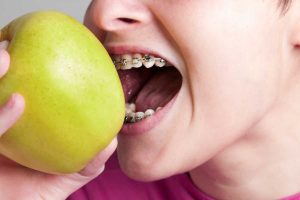
Maintaining a braces-friendly diet is essential to protect your braces from damage and avoid unnecessary discomfort. Follow these guidelines to make wise food choices:
Foods to Avoid
Avoid sticky, chewy, or hard foods that can get stuck in your braces or cause breakages. This includes caramel, chewing gum, hard candies, nuts, and popcorn. Minimizing your intake of sugary and acidic foods is also recommended to prevent tooth decay and enamel erosion.
Tips for Eating with Braces
Cut solid foods into smaller, bite-sized pieces to reduce the risk of damage. Chew with your back teeth and avoid biting directly into hard or crunchy foods. Be cautious while consuming fruits and vegetables, and cook them when necessary to make them easier to chew.
By being mindful of your eating habits and making wise choices, you can safeguard your braces and minimize the need for repairs or replacements.
Regular Orthodontic Visits

Attending regular orthodontic visits is essential for the success of your treatment. These appointments allow your orthodontist to monitor your progress, make necessary adjustments, and address any concerns you may have. Here’s why these visits are crucial:
Importance of Scheduled Appointments
Your orthodontist has a comprehensive understanding of your treatment plan and will determine the frequency of your visits. Adhering to the scheduled appointments ensures that your braces function correctly and the desired progress is made.
Monitoring Progress and Adjustments
During each visit, your orthodontist will examine your teeth and adjust the archwires or other components. These adjustments are vital for maintaining the correct pressure and achieving the desired tooth movement.
Addressing Concerns with the Orthodontist
If you have any questions, concerns or experience any issues between appointments, don’t hesitate to contact your orthodontist. They are there to help and provide guidance throughout your treatment journey.
By staying committed to your orthodontic visits, you contribute to the success of your treatment and ensure the best possible outcome for your smile.
Sports and Physical Activities

Protecting your braces from potential damage is essential if you participate in sports or engage in physical activities. Consider the following tips:
Wearing a Mouthguard for Protection
Invest in a mouthguard specifically designed for braces. These mouthguards provide an extra layer of cushioning and protect your teeth and braces during contact sports or activities with a higher risk of injury.
Discussing Braces with Coaches and Instructors
Inform your coaches, instructors, or trainers about your braces. This will allow them to provide appropriate guidance and make necessary accommodations to ensure your safety while participating in sports or physical activities.
Remember, prevention is vital when protecting your braces, so take precautions to enjoy your favorite activities without compromising your orthodontic treatment.
Conclusion
Properly cleaning and caring for your braces is essential for maintaining healthy hygiene and achieving optimal treatment outcomes. By following the guidelines outlined in this article, you can establish a daily oral hygiene routine, make wise food choices, manage discomfort, attend regular orthodontic visits, and navigate various situations while wearing braces.
Remember, consistent and diligent care is the key to success. Embrace the journey, stay committed to your oral hygiene routine, and consult your orthodontist for personalized advice and guidance. With proper care, you’ll soon reveal a beautifully aligned smile that reflects your dedication and efforts.
FAQs
How long should I brush my teeth when I have braces?
Brushing your teeth for at least two minutes twice daily when you have braces are recommended. Take your time to ensure thorough cleaning around the brackets and wires.
Can I eat popcorn with braces?
No, popcorn is a food to avoid when you have braces. The kernels can get lodged between your braces and teeth, causing discomfort and potential damage.
Are there any home remedies for relieving braces discomfort?
Rinsing your mouth with warm saltwater and using over-the-counter pain relievers can help alleviate braces discomfort. However, it’s always best to consult your orthodontist for professional advice.
What happens if I break a bracket?
If a bracket becomes loose or detached, contact your orthodontist to schedule an appointment for repair. Avoid fixing it yourself, as improper handling can cause further damage.
How often should I wear my retainers after the braces are removed?
Your orthodontist will provide specific instructions regarding the duration and frequency of retainer wear. It is essential to follow their guidance to maintain the results achieved through braces treatment.
Recent Posts
-
Inside the World of Orthodontists: Education, Precision, and Transformative Treatments
The Evolution of Orthodontics: A Brief Historical Overview Orthodontics, an integral branch…
-
How Orthodontists Plan a Treatment for a Beautiful Smile
Understanding the Patient's Unique Needs A positive self-image and confidence can result…
-
Unleash Your New Smile! Here's What You Need to Know Before Braces Removal
Are you excited to see your smile transformation? Taking your braces off…
-
Traits That a Good Orthodontist Should Have
Choosing an orthodontist is half your smile transformation journey. That’s why in…
-
How Braces Can Help Fix an Asymmetrical Jawline
An asymmetrical jawline can cause concern for many individuals, affecting their appearance…
-
Can Cavities Be Reversed?
Cavities are among the most common dental issues people of all ages…
-
What to Prepare During Your First Braces Appointment
Are you about to embark on your journey to a beautiful smile…
-
Taking Care of Baby Teeth: A Comprehensive Guide for Parents
Caring for our children's health is one of our most crucial responsibilities…
-
What are Brace Elastics?
If you or someone you know is undergoing orthodontic treatment with braces,…
-
Difference Between an Overjet and Overbite: A Comprehensive Guide
Two orthodontic terms that often confuse our patients are "overjet" and "overbite."…


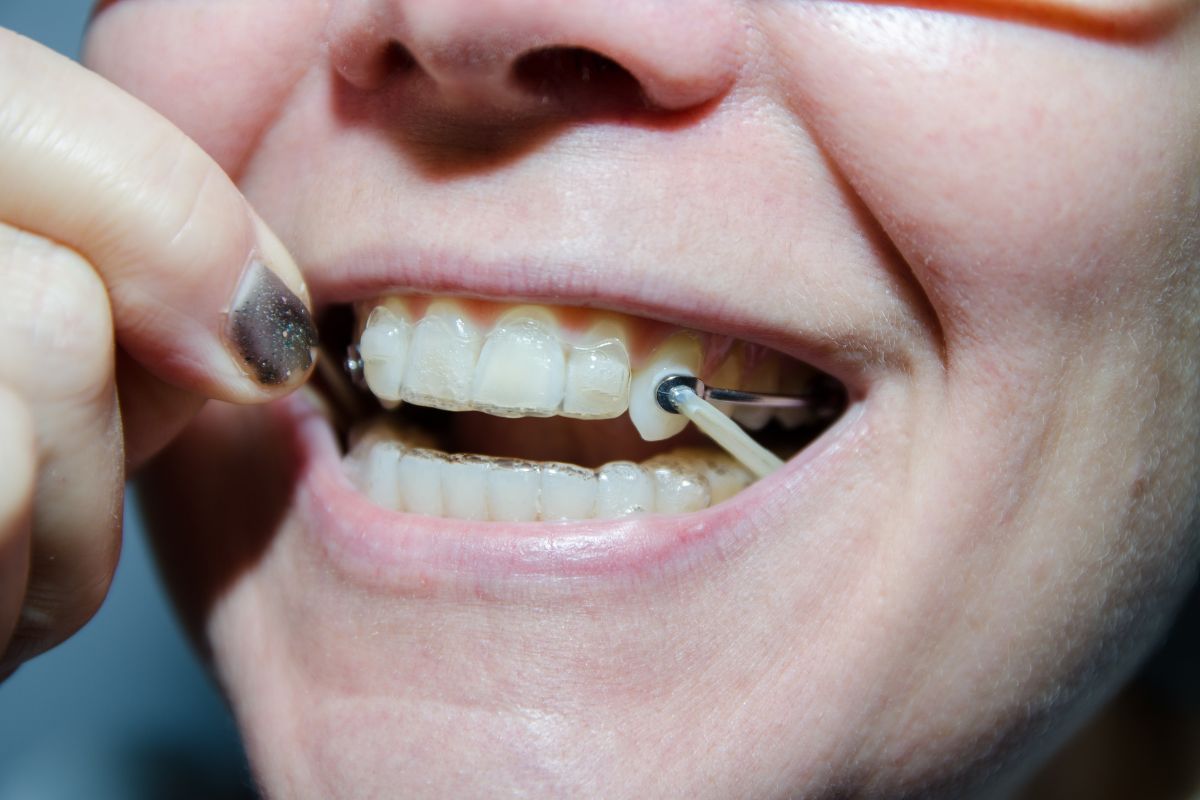



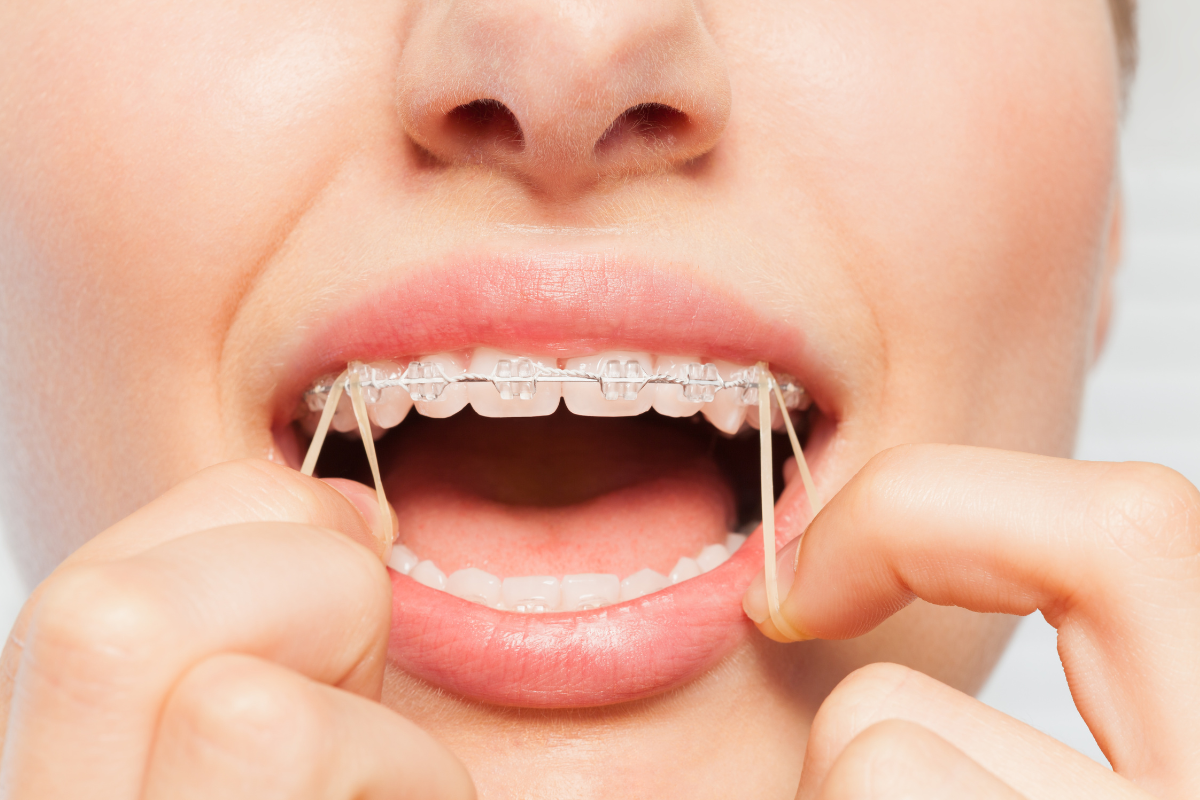
 Instagram
Instagram
